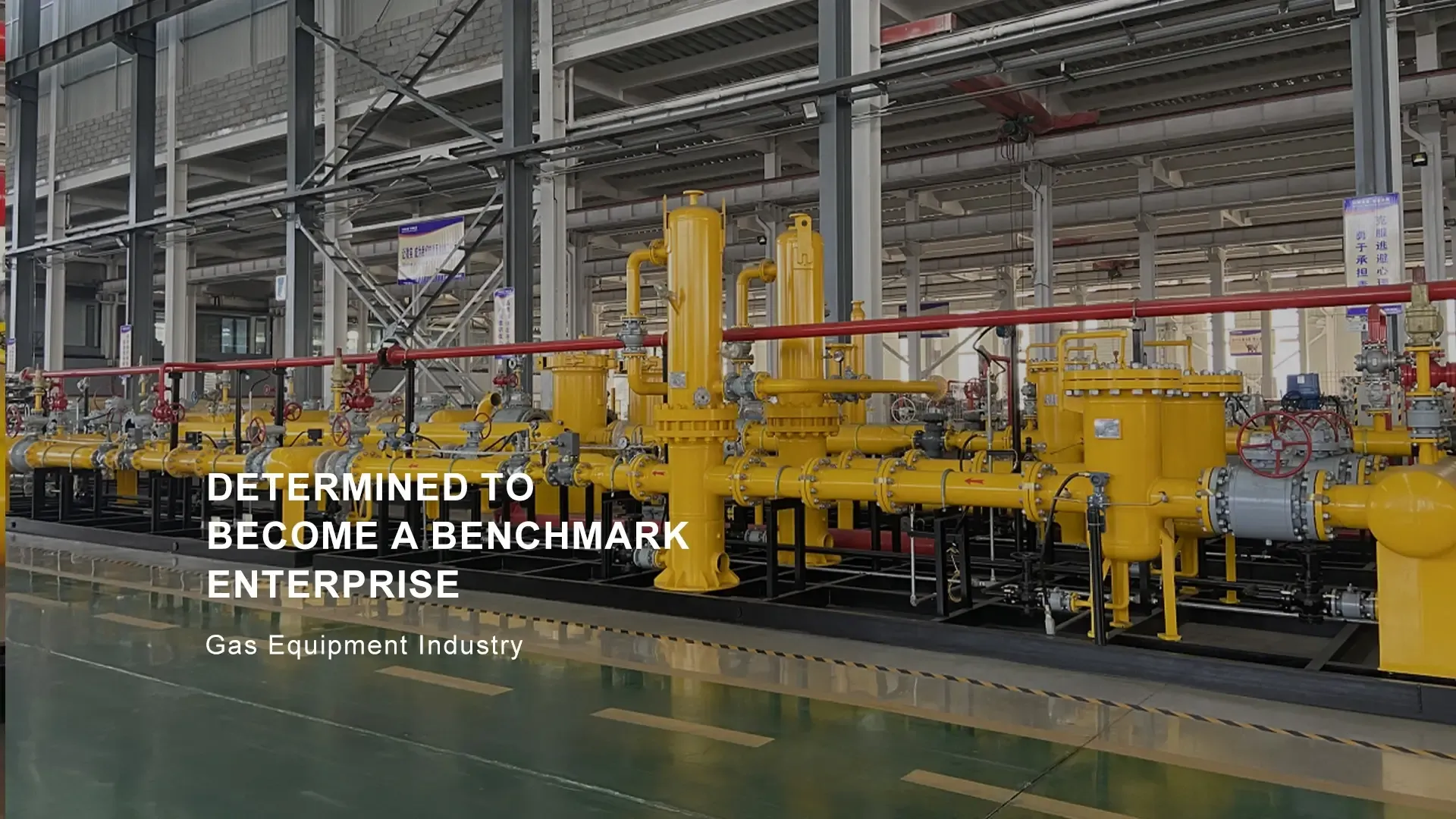
Sep . 24, 2024 15:42
Back to list
Understanding the Functionality and Importance of High Pressure Regulators in Various Applications
Understanding High Pressure Regulators The Key to Safe Pressure Management
High pressure regulators play a critical role in various industrial applications, ensuring the safe and efficient management of gas and liquid pressures. Whether in oil and gas operations, chemical processing, or even in the medical field, the proper function of these regulators is vital in maintaining operational safety and efficiency.
What is a High Pressure Regulator?
A high pressure regulator is a device designed to reduce the pressure of a fluid or gas from a high-pressure source to a lower, controlled level. Typically, they are used when a high-pressure supply system needs to provide a steady output pressure that remains constant despite fluctuations in input pressure or variations in flow demands. These regulators are engineered to ensure that the user can control the delivery pressure accurately and safely.
How Do They Work?
At its core, a high pressure regulator works by employing a diaphragm or piston that senses the output pressure. When the pressure exceeds the desired preset level, mechanical action is triggered within the regulator to reduce the flow of gas or fluid, thereby maintaining the output at a safe pressure. This feedback mechanism is crucial in preventing over-pressurization, which can lead to catastrophic failures in systems that rely on precise pressure management.
Applications of High Pressure Regulators
High pressure regulators find applications in various fields. In the oil and gas industry, they are essential for managing the pressures in pipeline systems, allowing operators to safely transport fuel products over long distances. In laboratories, they help in maintaining the precise pressures needed for various experiments and reactions, safeguarding both the integrity of the processes and the safety of lab personnel.
high pressure regulators

Moreover, high pressure regulators are widely used in welding applications, where they control the gas supply for cutting and welding processes. Medical facilities rely on them to ensure a stable supply of gases such as oxygen and nitrous oxide for patient care. The versatility of these devices underscores their importance across multiple sectors.
Choosing the Right High Pressure Regulator
Selecting the appropriate high pressure regulator involves considering several factors, including the intended application, the type of gas or fluid being regulated, the required pressure range, and the flow rate. It is essential to consult manufacturer specifications and seek guidance from industry experts to ensure that the chosen regulator meets all safety standards and operational requirements.
Maintenance and Safety
Like any mechanical device, high pressure regulators require routine maintenance to ensure optimal performance. Regular inspections for leaks, wear, and tear, as well as necessary repairs, can significantly extend the lifespan of these devices and improve overall safety. Furthermore, users should be trained in proper operation techniques to minimize the risks associated with high pressure systems.
Conclusion
High pressure regulators are indispensable tools in numerous industries, providing the necessary control to handle high-pressure systems safely. By understanding their function, applications, and the importance of maintenance, professionals can ensure that these devices operate effectively within their systems, promoting safety and efficiency across the board. Whether in industrial applications or everyday utilization, the role of high pressure regulators cannot be overstated.
Latest news
-
Safety Valve Spring-Loaded Design Overpressure ProtectionNewsJul.25,2025
-
Precision Voltage Regulator AC5 Accuracy Grade PerformanceNewsJul.25,2025
-
Natural Gas Pressure Regulating Skid Industrial Pipeline ApplicationsNewsJul.25,2025
-
Natural Gas Filter Stainless Steel Mesh Element DesignNewsJul.25,2025
-
Gas Pressure Regulator Valve Direct-Acting Spring-Loaded DesignNewsJul.25,2025
-
Decompression Equipment Multi-Stage Heat Exchange System DesignNewsJul.25,2025

